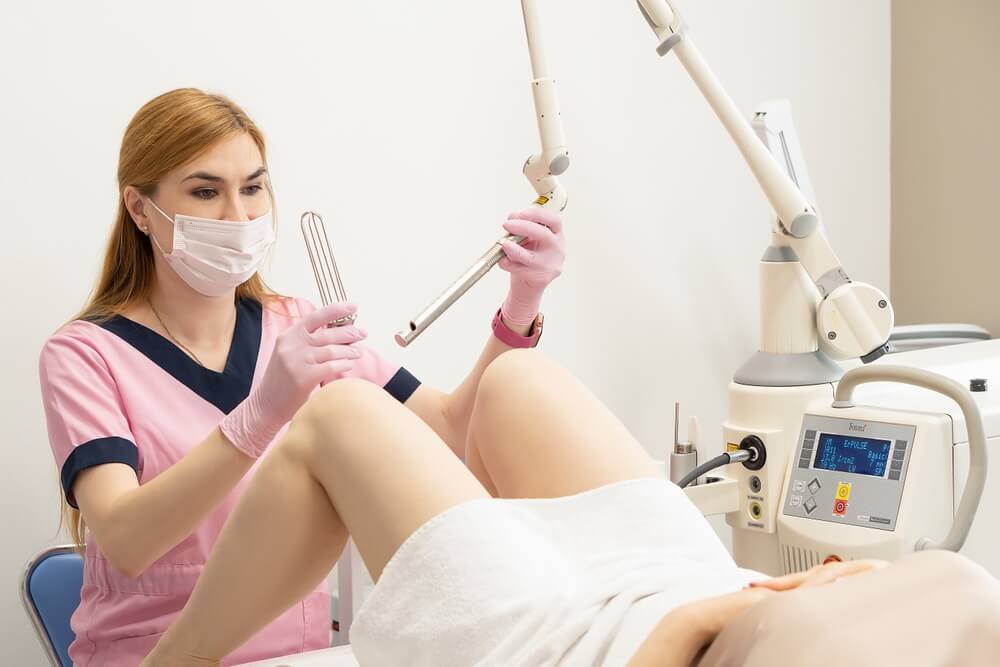Perineoplasty surgery in Dubai is a surgical procedure aimed at repairing and reconstructing the perineum, the area between the vagina and the anus. Often sought by women after childbirth or due to aging, this surgery can enhance both physical comfort and aesthetic appearance. However, like any surgical intervention, it carries certain risks that potential candidates should consider carefully.
Potential Risks and Complications
Infection
One of the most common risks associated with perineoplasty is the possibility of infection. The surgical site can become a breeding ground for bacteria, leading to postoperative complications. Patients are often advised to monitor for signs of infection, such as increased redness, swelling, and discharge, and to report any concerning symptoms to their healthcare provider promptly.
Hematoma Formation
Hematomas, or localized collections of blood outside blood vessels, can occur at the surgical site. This complication can arise from inadequate hemostasis during the procedure or excessive physical activity during the recovery phase. If a hematoma develops, it may require additional intervention, such as drainage, to resolve.
Scarring and Discomfort
Although perineoplasty aims to improve the appearance and function of the perineum, some patients may experience scarring. The extent of scarring can vary based on individual healing processes, surgical technique, and adherence to post-operative care instructions. In some cases, scarring can lead to discomfort or aesthetic concerns, necessitating further treatments.
Impact on Sexual Function
Another critical consideration is the potential impact on sexual function. While many women report improved sexual satisfaction post-surgery, others may experience temporary or prolonged changes in sensitivity or discomfort during intercourse. It’s crucial for candidates to discuss these concerns with their surgeon to set realistic expectations.
The Procedure: What to Expect
Perineoplasty is typically performed under local anesthesia or sedation, and the surgery takes about 1 to 2 hours. The surgeon carefully removes excess or damaged tissue, reshapes the area, and tightens the underlying muscles. Patients are advised to avoid strenuous activities for several weeks post-surgery to ensure proper healing. The recovery period can vary, but most women can resume normal activities, including sexual intercourse, within 6 to 8 weeks.
Benefits of Perineoplasty for Intimacy
Perineoplasty can significantly enhance sexual intimacy by improving muscle tone and sensitivity in the vaginal area. The restoration of muscle strength and the removal of scar tissue create a tighter, more responsive environment, which can increase pleasure during intercourse for both partners. For many, the improvement in physical sensations also boosts emotional well-being and self-confidence, leading to a more fulfilling and satisfying intimate relationship. Additionally, perineoplasty can address functional issues like urinary incontinence, further contributing to overall comfort and confidence.
Psychological Impact and Confidence Boost
The procedure goes beyond physical restoration; it also addresses the psychological aspects of intimacy. Women who experience discomfort or embarrassment due to changes in their perineal area often report a loss of confidence. Perineoplasty offers a solution that not only improves physical sensation but also helps restore a sense of normalcy and self-assurance. This renewed confidence can strengthen the emotional bond between partners, allowing for a deeper and more meaningful connection.
Conclusion
Perineoplasty can offer significant benefits for women seeking to enhance their perineal health and appearance. However, understanding the associated risks, such as infection, hematoma formation, scarring, and possible effects on sexual function, is vital. Women considering this procedure should have thorough consultations with their healthcare providers, allowing for informed decision-making that prioritizes safety and desired outcomes.





Comments